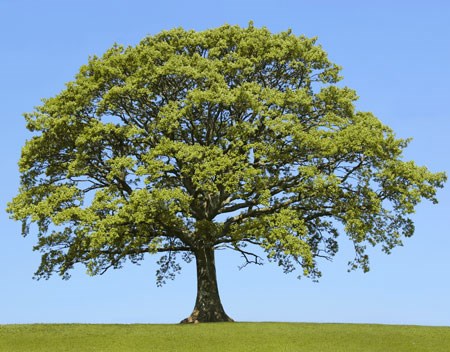There is an old adage about history often repeating itself, and that might just be the case when it comes to farm shelterbelts.
As long as there have been farms, farmers have always had a sort of love-hate relationship with trees.
My grandfather homesteaded in Saskatchewan more than a century ago now, and I well-remember his stories about clearing the home quarter largely with an axe, horse and sweat. He talked about how, when the money ran out for homesteaders like himself, and he needed to replenish funds to allow him to continue clearing their land, there was only one job option, to go swing an axe for a farmer with deeper pockets to afford help.
The process took years, to the point the last few acres were still treed at a time grandpa could afford to bring in a cat to help clear it.
Trees in the era of the homesteader were simply big weeds taking up valuable land they want to plant to crop.
The Dirty Thirties changed that viewpoint a lot.
The drought years of the 1930s meant topsoil was left to erode with the wind. The photographs of dust storms, and dirt-filled ditches left in their wake are memorable to anyone who has seen them.
A solution to such erosion, or at least a barrier of some protection, was to plant tree shelterbelts. That was something my father鈥檚 generation often did. The rows of trees helped trap snow in winter to provide moisture, and slowed winds which protected against soil blowing away.
With the widespread adoption of zero-till farming techniques, erosion by wind and water became less of a concern a few decades ago.
And with the emergence of larger and larger equipment shelterbelts were increasingly seen as a nuisance, and many farmers of my generation were once again chopping trees, albeit by mechanical means.
But a recent study is suggesting shelterbelts might actually help in terms of crop yields.
Producers are always looking for ways to punch up yields, from looking at new ways to apply additional fertilizer, to the addition of micronutrient packages not even thought of 25-years ago.
But could better yields be as simple as planting a row of trees across a field and leaving them to grow for the next few decades?
A recent article in The Western Producer looks at a project by Shathi Akhter, a research scientist at Agriculture Canada鈥檚 research centre in Indian Head, SK., which is suggesting it might indeed be an option.
It is interesting how detailed research often shows data that runs counter to perception. Trees were largely thought to steal nutrients away from the crop, but that element may not be the whole story in terms of their influence on crop growth according to the initial research.
It leaves one wondering if the next generation of farmer might be replacing the shelterbelts that were removed only a decade or so again?
Calvin Daniels is Editor with Yorkton This Week.




